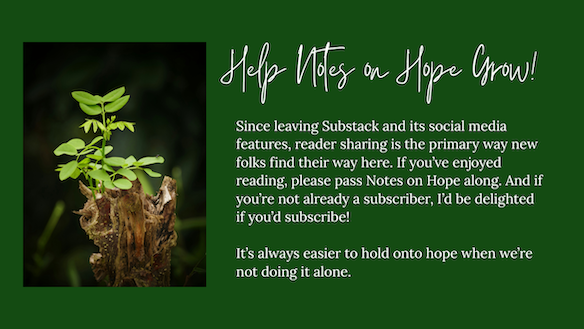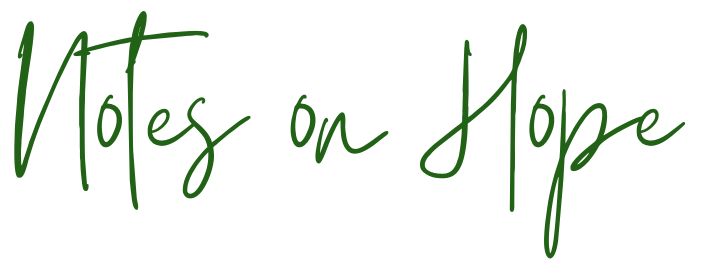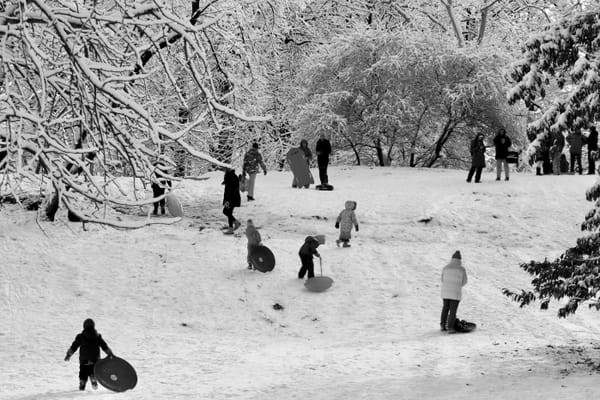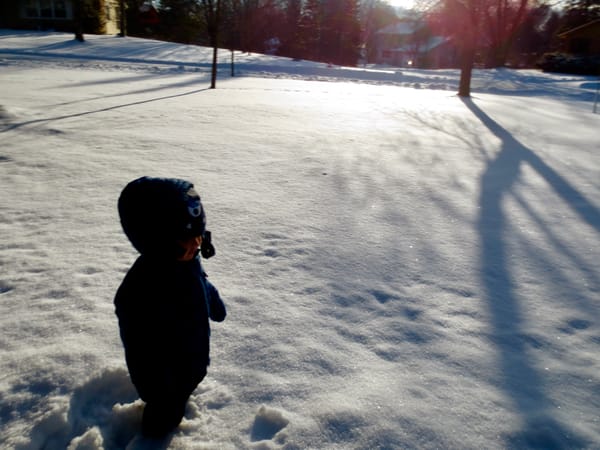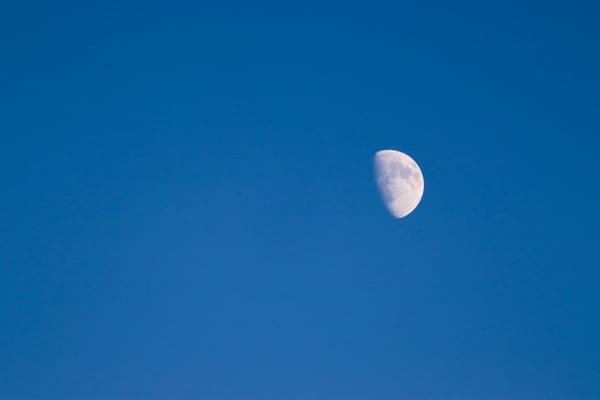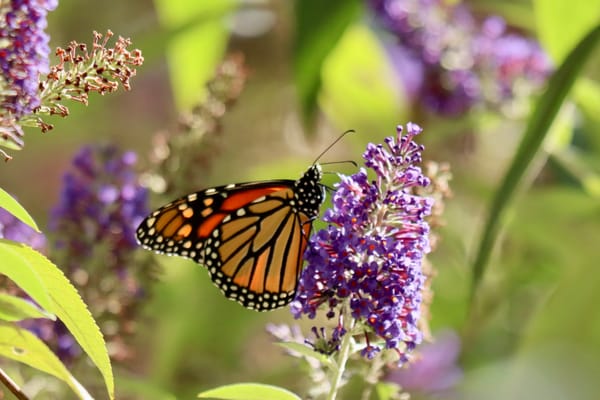When the World Rages
Look for those who need somewhere to rest
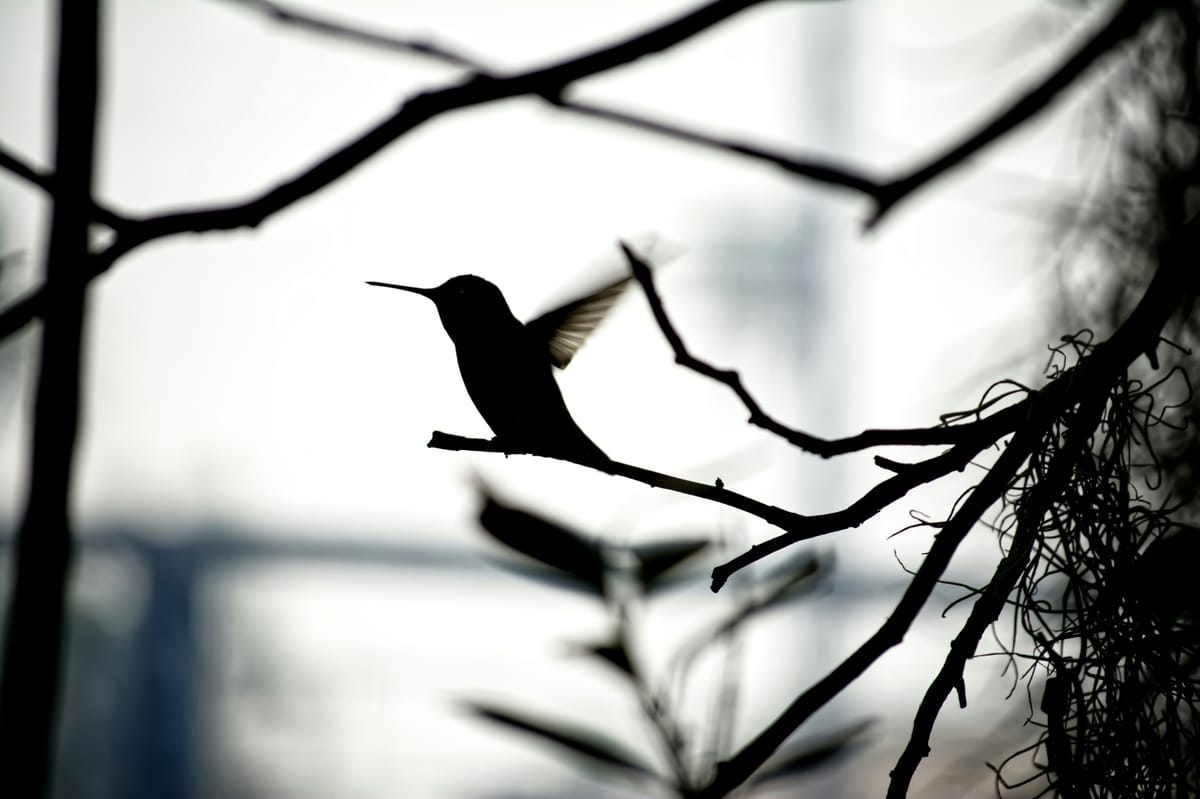
“Hush, the heart's drum, my life, my breath.
There is finally a bone in the heart that does not break
when we remember we are still part of each other,
the muscle of hope that goes on in the dark
pumping the blood that feeds us.”
~Marge Piercy
The news cycle often feels profoundly overwhelming these days. Finding ways to stay grounded and to resist passivity, amidst headline after headline that can feel terrifying, is one of the primary reasons I started writing Notes on Hope. But some weeks are certainly more brutal than others, and last week was one of those weeks.
I could write pages and pages about the cruelty that last week brought to the surface—somehow even more powerfully than usual, despite the fact that none of the revelations that came to a rolling boil over the past few days are remotely new or even out of step with the overarching trends of the period in history we’re living through. For the most part, I’m going to try to resist the temptation to dwell on the news itself, because I, for one, need a deep breath right now more than I need to run through another loop of rage. Additionally, my primary goal in these notes is always to help us figure out, together, how to step into the work of actively striving to make our very broken world better, even when it feels impossibly hard to do so. So that is where I want to focus the majority of my attention today.
However, I do feel it’s important, even though I’ll try not to linger here for too long, to acknowledge why last week felt particularly dark, because as I’ve written previously I don’t believe that true hope can be found in turning away from difficult realities or in glossing over them. If hope tethers us to a better future and commits us to working toward that future, then we have to begin by honestly acknowledging the sharp edges of now. We have to be willing to look squarely at our failures if we are to cultivate meaningful hope of doing better. This is why I began my note about the poet, Andrea Gibson, a few weeks ago with these lines of theirs:
“Even when the truth
isn’t hopeful,
the telling of it is.”
I think the primary reason this news cycle felt especially terrifying and oppressive, even though scary things are happening every week, is because what we all witnessed was essentially the rapid construction of a new Confederate monument in real time, while being instructed to not only tolerate that monument but to honor it and all that it stands for. If you’re not sure what I’m referencing, I’d encourage you to start with Elizabeth Spiers brave and honest reckoning.
The violence inherent in the construction of this monument was made vividly clear by the other lives that were quickly threatened. Children, who were hospitalized in yet another school shooting on Wednesday, were largely ignored, their story buried underneath layer upon layer of headlines defending the legacy of a man who described mass shooting deaths, including school shooting casualties, as “worth it.” The few journalists, like Spiers, who dared to write honestly about this man’s extremely public beliefs, received rape and death threats and others, including teachers and firefighters, were fired. Trans people were put in immediate danger through accusations that had no basis in verifiable fact and have since been disproven—though the fear and additional risk this created for an extremely vulnerable community can’t be undone. HBCUs received bomb threats. And prominent figures and elected officials have called for vengeance and war.
As all this was happening, many in the media participated in lashing out against the most vulnerable to protect a legacy of public rhetoric that routinely put their lives at risk. (NB: I always try to be vigilant about linking to sources, but I am not going to link to these articles and editorials, because I don’t want to provide them with additional clicks, which publishers often view as a metric of success. That said, if you are reliant on people like Ezra Klein for cultural and political analysis, please consider looking to other voices. We desperately need to widen this very narrow media lens.)
To be clear—and it’s indicative of the very horror of the current moment that this even needs to be said—critiquing the reflexive canonization of a public figure, based on their very public views, is not an endorsement of violence. I have written about this previously. It is imperative that we model and teach our children that violent retribution is never acceptable or excusable, and that no one, regardless of their beliefs, deserves to die for those beliefs. And, at the same time, we must also be clear that required worship of anyone, even after their death, enforced through violent threats, surveillance, and federal mandates is neither “civil” nor a legitimate defense of free speech. Praise demanded under threat of harm is abuse when it operates on an intimate scale, and it is tyranny when it operates broadly and systemically.

Ok. Deep breath. I promised I would spend most of this note on what to do with our rage and or our fear, and on how to keep moving forward with making the world more gentle and accepting when so many loud and powerful voices are doing the opposite. This work begins with the courage to tell the truth, which is why I didn’t jump immediately to the "what now” of it all. But we do also have to figure out how to hold the hardest truths without giving up. We have to help each other to keep on moving forward.
So, now I want to tell you about a hummingbird and a pair of monarch butterflies. When the noise of fear and anger threaten to become deafening, I think the most important question we can ask ourselves to reorient our own perspective is, “How can I make the world a little safer for those who are vulnerable right now?” And the smallest creatures often offer an especially clear and vivid starting point.
My son and I are very fortunate to have access to a little garden, which sits behind our apartment building, tucked among all the brick and concrete of New York life. One of our neighbors grows trumpet vines, which are endlessly problematic, because they are very good at taking over everything. Nonetheless, I love them, because the butterflies and bees love them. And, occasionally, they draw a visiting hummingbird. When I was growing up, we used to visit my grandmother in the White Mountains of Arizona, where hummingbirds gathered at the feeders outside her back door all summer long. They seemed almost unreal to me when I was a child, more like the magical little creatures you might find in an invented fantasy world than in this one, with their iridescent feathers, their tiny delicate bodies, and their wings moving so rapidly they almost disappear.
Last weekend, a hummingbird stopped by and, for a few moments, rested and stretched on a wire next to the flowers.
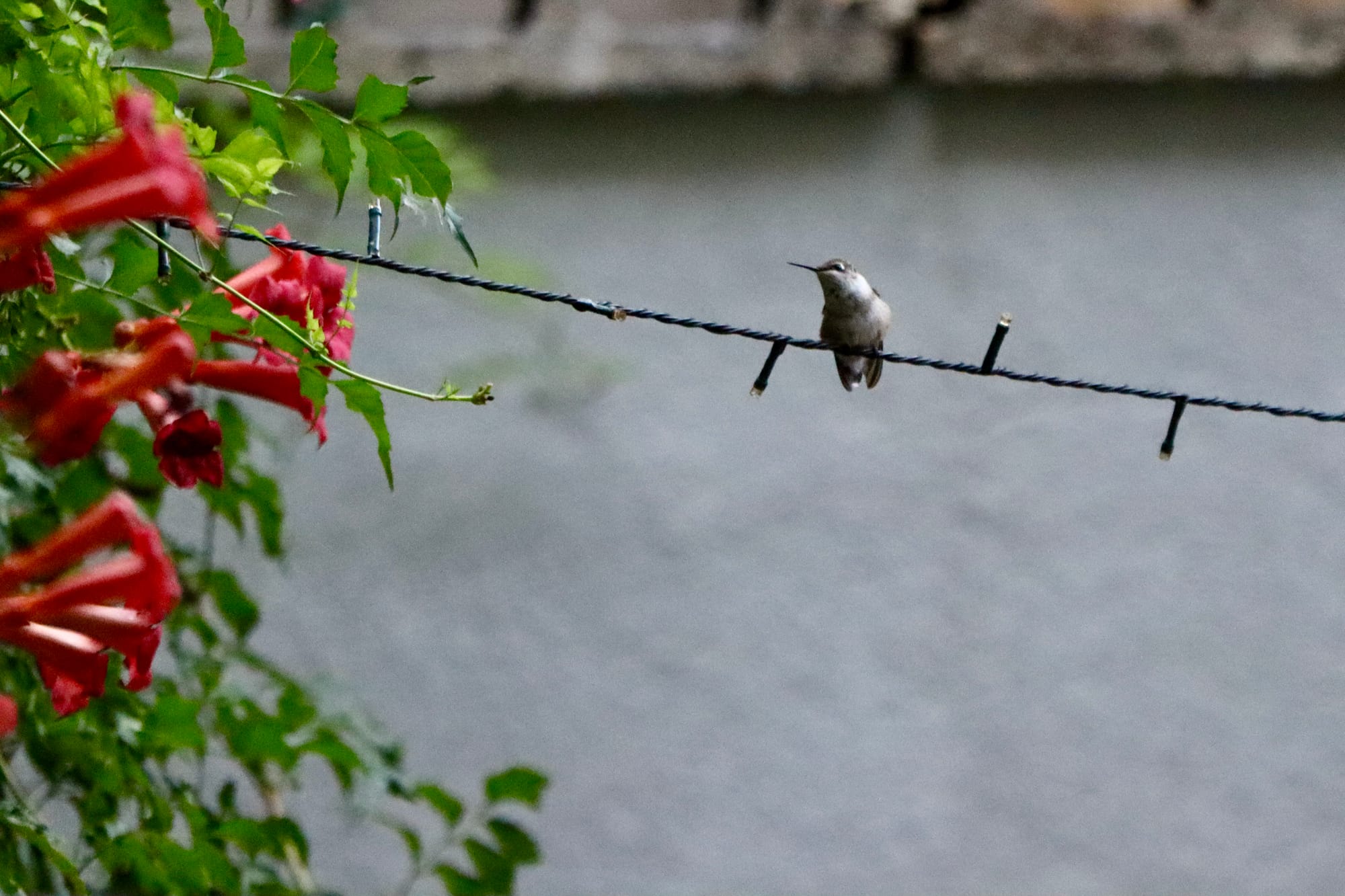
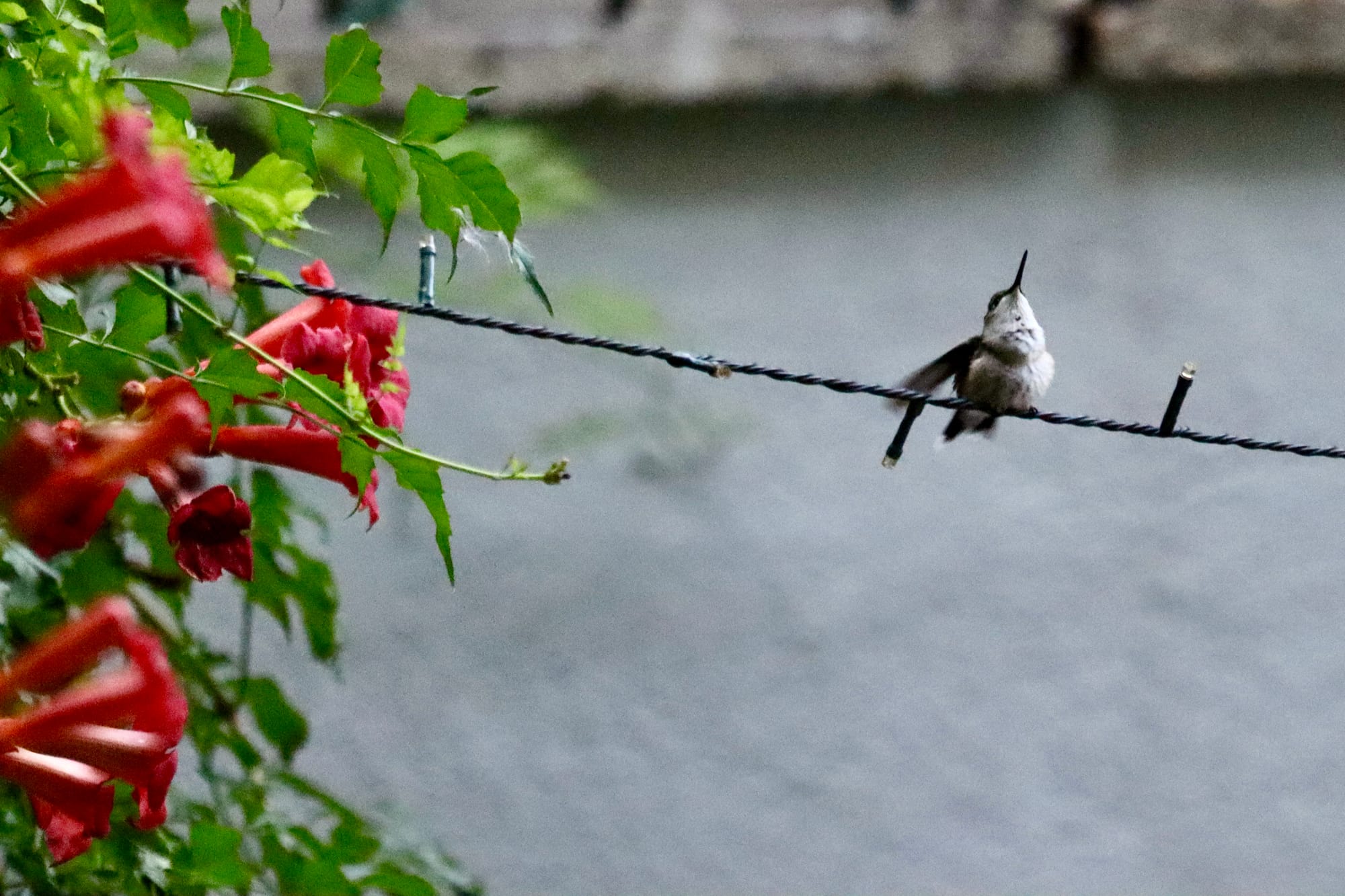
Our little hummingbird visitor, considering the flowers and stretching its wings.
Whenever we get these little visitors—who are relatively rare in our urban landscape, compared to the flocks that visited my grandmother’s wooded garden—I’m as enchanted by them as I was when I was eight. But last weekend, I was also especially grateful that this bird took a momentary break from the bright orange flowers to just be still. I’m always amazed, as I’ve written before (here and here and here), by the way wild animals manage to carve out an existence, despite all we do to make that exceedingly difficult, especially in the city. Their presence reminds me that, if they can continue to make their way through all that is often harsh and hostile, than so can we. But, when this tiny bird arched its small neck and stretched its wings, I was also struck by the fact that, for a brief moment at least, it felt safe enough to rest. I’ve continued to think about this little bird, because I think it’s a reminder of one of the most important things we can all commit to doing in frightening times. We can consider who is most vulnerable and find ways to make it a little more possible for them to rest safely. This is more than allyship. It’s not just about being a voice of solidarity. The little hummingbird is a reminder of something much more specific, which has to do with the many ways we can create safety and respite for one another.
I was reminded of this lesson again by a pair of monarch butterflies, who spent much of this weekend hovering around the purple salvia flowers that another neighbor had planted. Monarch butterflies are endangered, so their presence feels like an especially important nudge to focus on the value in finding ways to establish refuge for the most threatened among us.

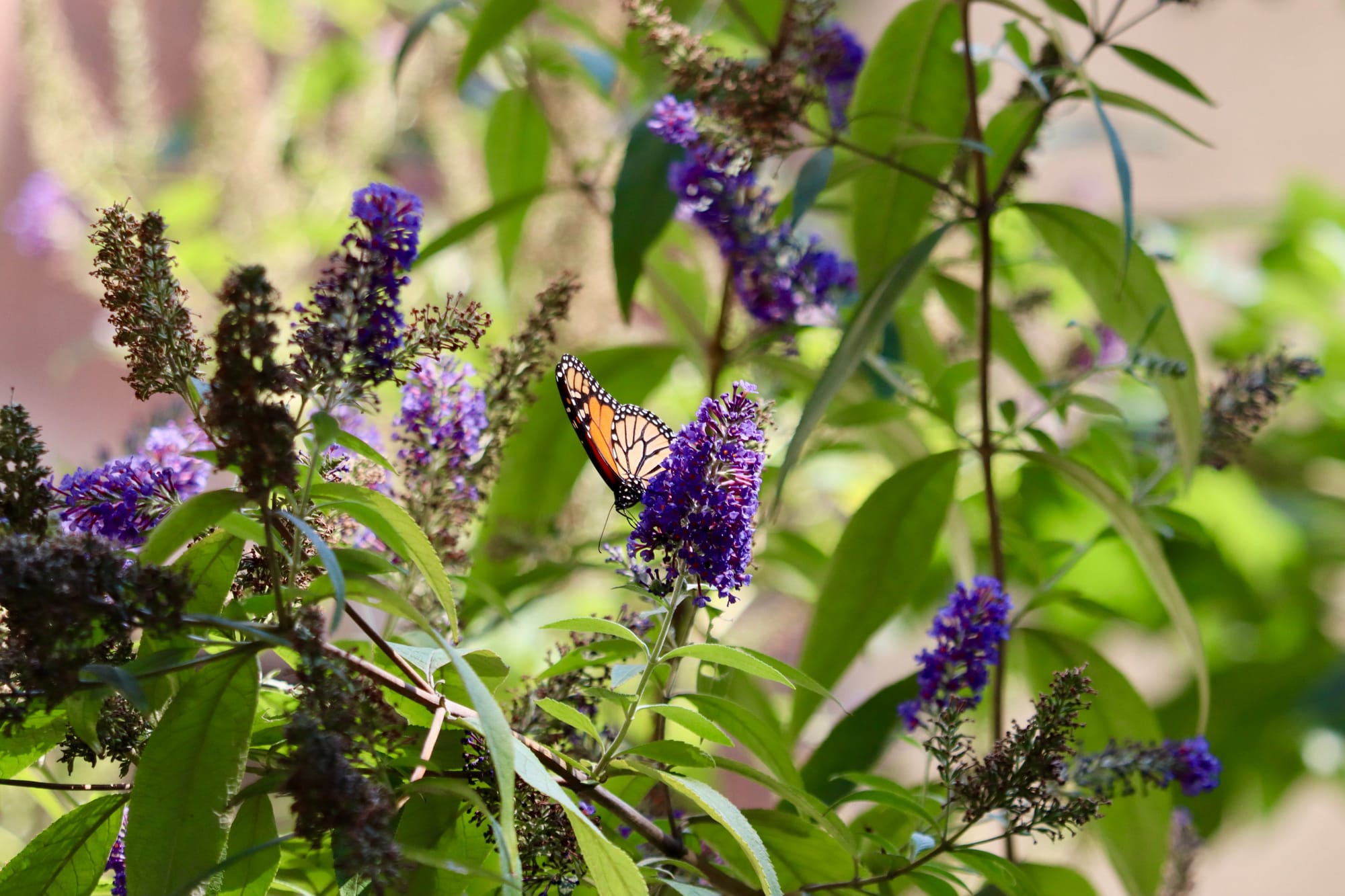
Monarch butterflies stopping by for some nourishment on their way south.
Like so many vulnerable groups, these delicate creatures persist at surviving, and anything we can do to ease their way is important. This is not just true for insects and animals. It is true of the people who are consistently threatened as well. The hummingbird and the butterflies felt safe enough to linger amidst all the cold concrete, because someone took the time to plant the specific flowers that nourish and shelter them. We can do this for each other, too.
As I wrote last November, Charles Schulz once advised a child, who asked him what makes a good citizen, that “our greatest strength lies always in the protection of our smallest minorities.” When the fear and fury of the world grows loudest, this is the mindset I always try to reorient myself toward, both because it is the best way to ensure that we don’t become passive, even when doing so may seem like the only rational option, and because refocusing on caring for and lifting up those who are at even greater risk is almost always a relief to our own frazzled nervous systems—it feels better to do something that brings us back into care and community than to encase ourselves in the armor of our worst fears.
I think this is also a vital lesson to offer children. If it is easy for us, as adults, to feel overwhelmed and frightened by the violence and hostility of the world, this is surely even more true for children. Helping children name and hold difficult truths, while also guiding them toward the ways they can make the world safer, kinder, and more humane is essential to the continuity of extending care over time and generations. And it is also a balm for their own mental health and their capacity to see possibility within the world they know they will have to navigate beyond our own lifetime. At any age, it is a relief to know that, even in the midst of a storm, we retain the power to create some refuge for a hummingbird or a butterfly—or for another person.
This is how we carry on and it is how we ensure that, bit by bit, even in darkness, the possibility of a more caring future continues to grow. Additionally, children are inherently always among the most vulnerable, because they rely on the care of the adult world. As evidenced by the story of the school shooting in Colorado last week, children’s rights and their fears often seem to matter very little to those in power. When we show children that we will care for others who are vulnerable, we also signal that we will not overlook or abandon them.
So, when the cruelty around us feels most powerful, as it did this past week, I urge you to try to take a moment to consider what small corner you can make a little safer for someone else. Look to the birds and the butterflies, who carry on and who find respite in the blooms we offer that sustain and shade them on their journeys. And try to find ways to do this for each other as well. You can start small. A few seeds eventually have exponential impact. But find somewhere to start.
Wishing you refuge from the harshness of the world and the compassion to soften its impact on those who are most in need of care and shelter,
Alicia
P.S. Be sure to check out the Helpful & Hopeful links below. They're really good this week! They will restore your spirit.
A few things I found helpful and hopeful this week…
- Street Art Turned My Town into a Giant Art Gallery
- How Albert Einstein Used His Fame to Denounce American Racism
- Why Closed Borders Don't Keep Us Safe
- A Poem: Poetry Prompts for Detained Children
- In the spirit of this week's note, go look at birds!
- Civil Rights Photographer Cecil Williams Steals the Show
Read this and be sure to watch the video linked about half way down of Williams on the runway! Trust me. It will recharge your spirit, especially the defiant final moment, before he exits. It's SO good.
